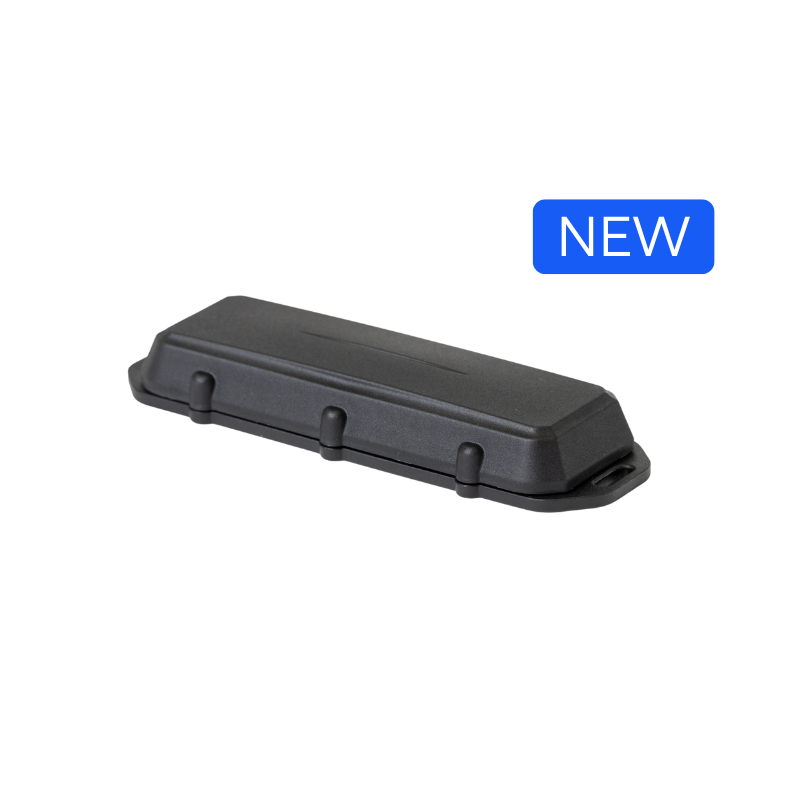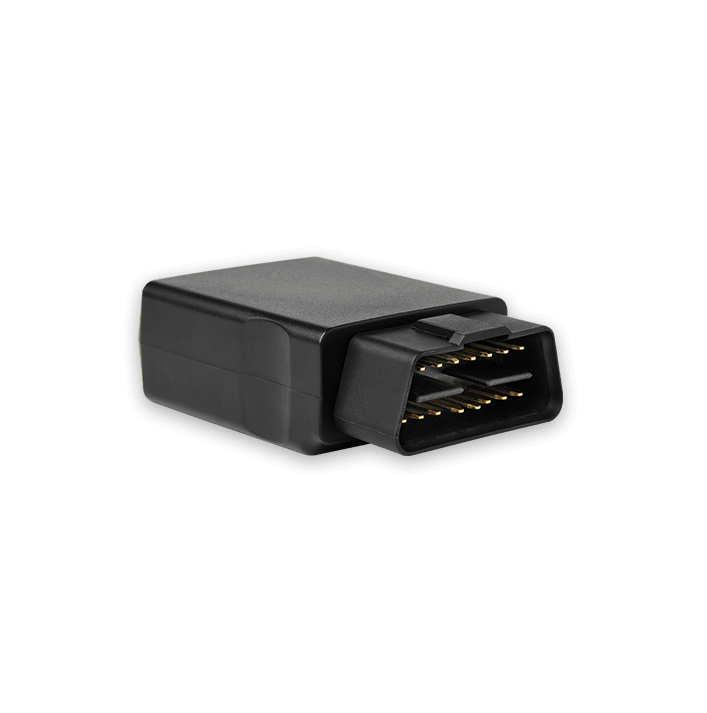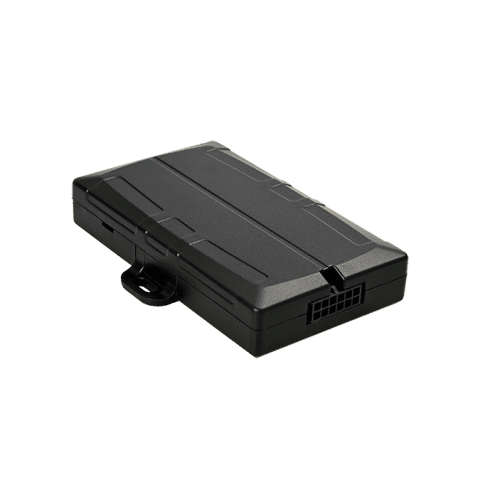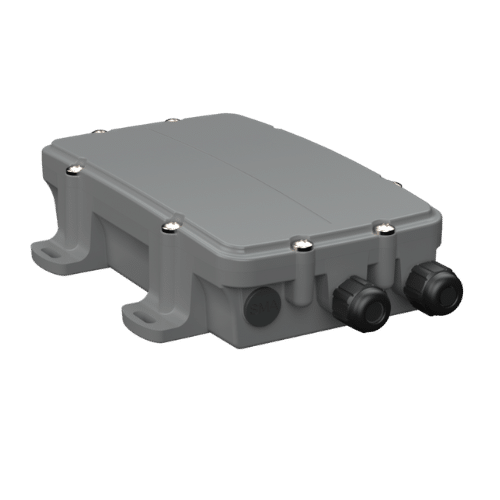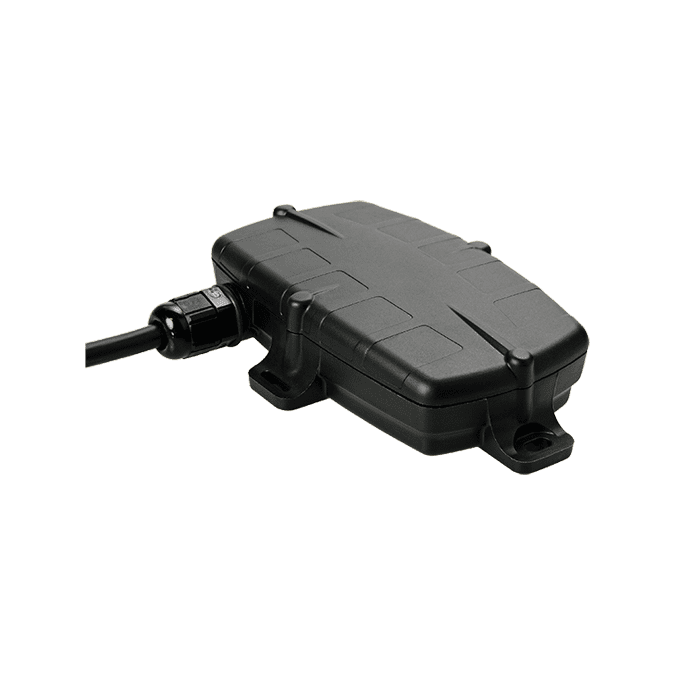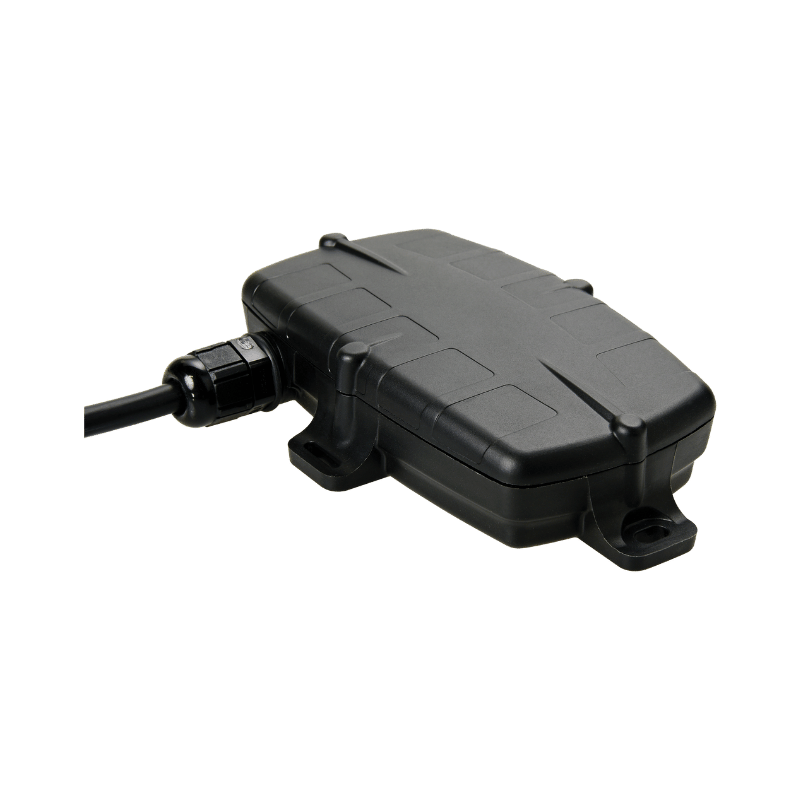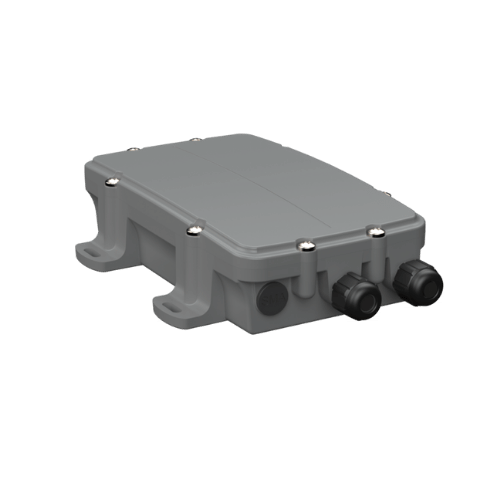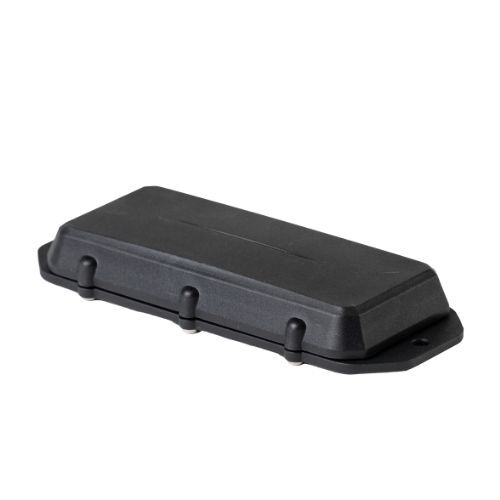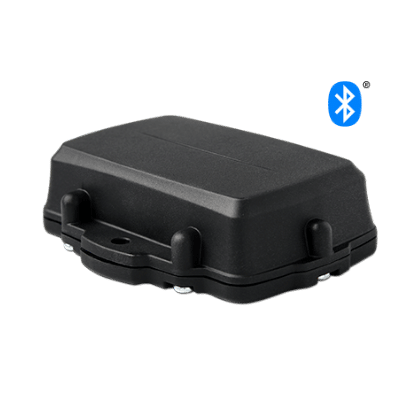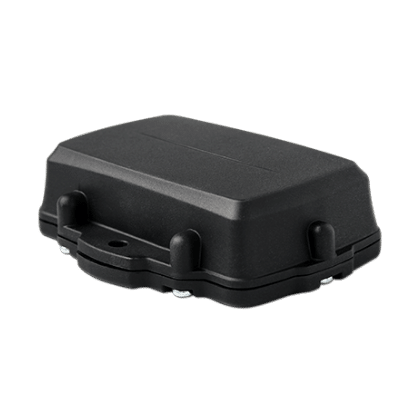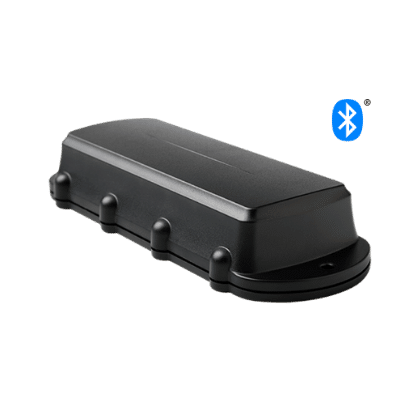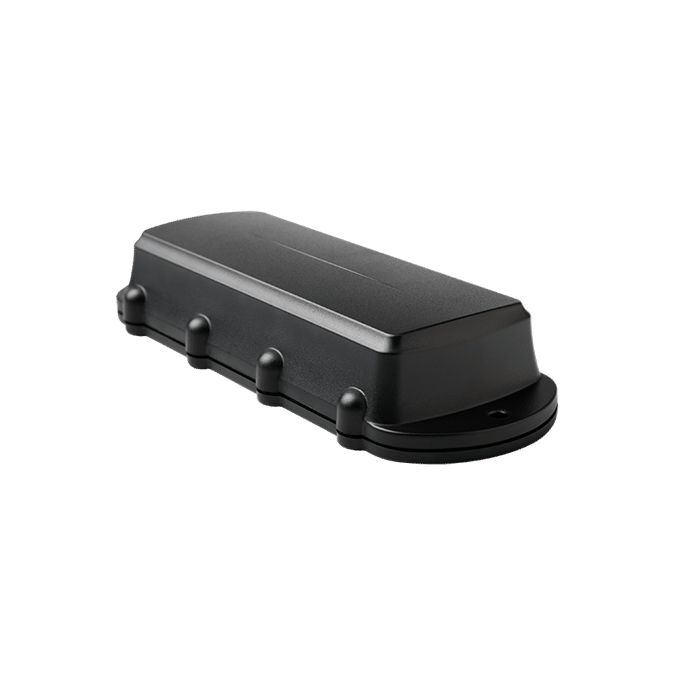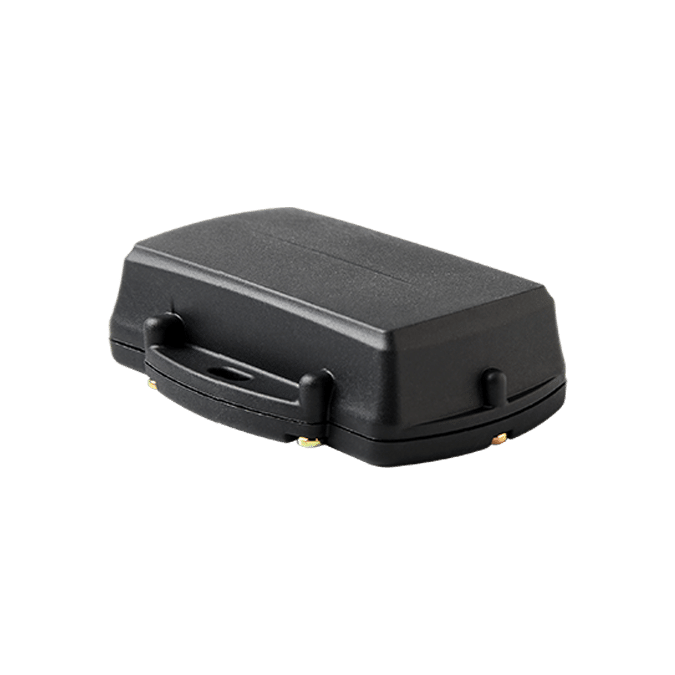Located in the harsh mountains of France, Alpes-éco is innovating the world of farming. Disrupting the Ag-tech industry, they have created a new way to monitor and manage livestock, Livestock Guardian Dogs, and natural disaster prevention efforts in the mountainous regions of France and Switzerland using IoT technology.
To combat the extreme conditions of the mountains, Alpes-éco needed reliable GPS tracking devices that could provide accurate data to help monitor the condition of their livestock.
Utilizing the Oyster3, Oyster3 Bluetooth®, and Remora3, they have deployed over 100 devices across the mountainous regions of France and Switzerland. Alpes-éco uses the data collected from these devices to:
- Optimize fodder areas
- Monitor and manage the health of livestock and Livestock Guardian Dogs
- Protect livestock from large predators
The incorporation of Bluetooth® Low Energy (BLE) technology via the Oyster3 Bluetooth® and Remora3 has notably elevated Alpes-éco’s capabilities in managing livestock. This innovative use of BLE enables precise location tracking, early detection of abnormalities among animals, and optimization of grazing ranges.














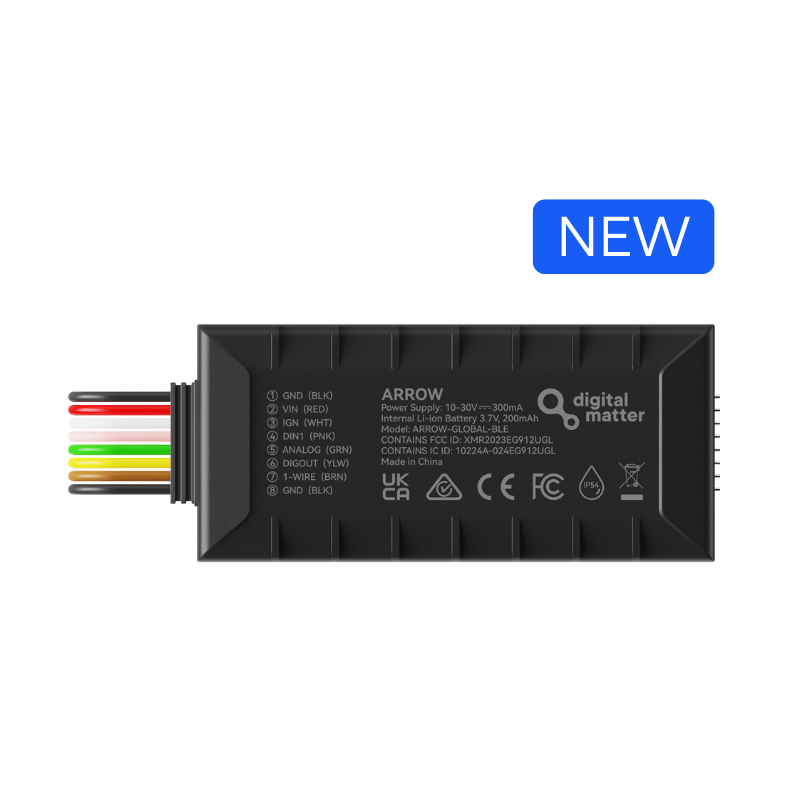
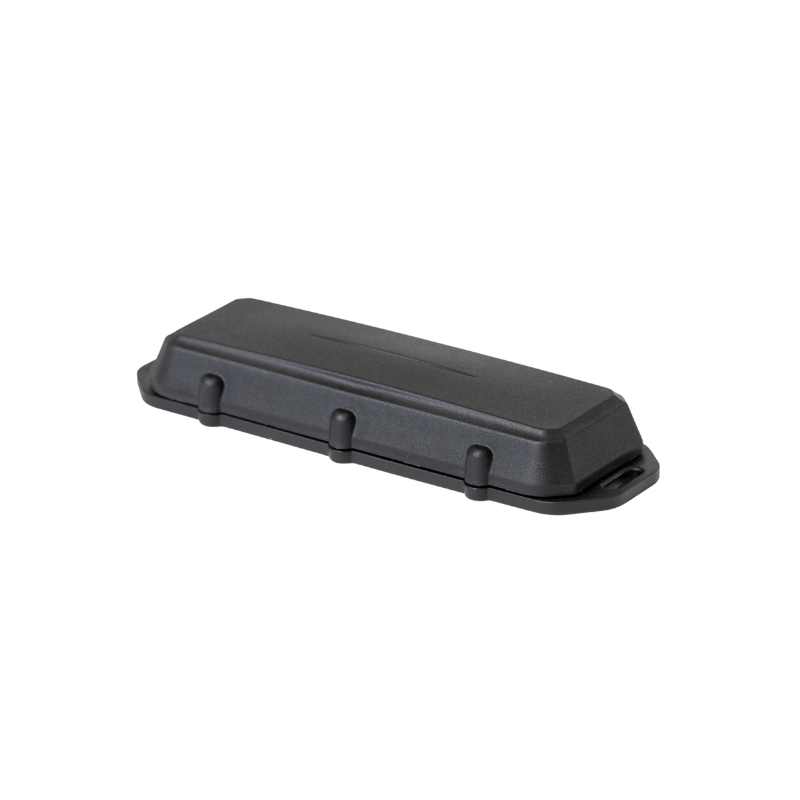
-1.jpg)
